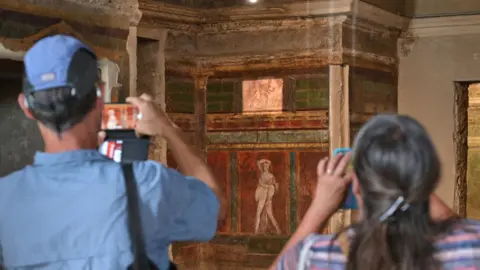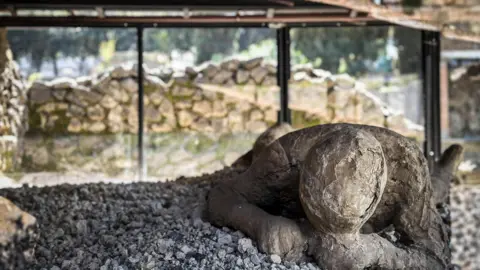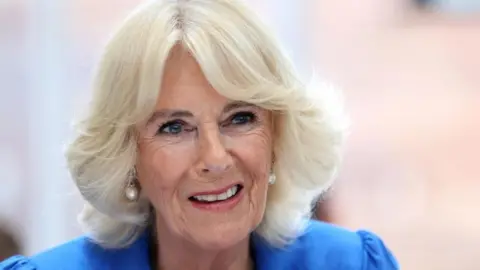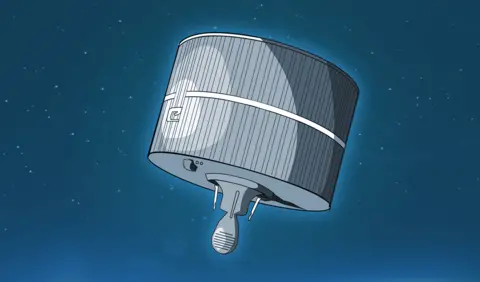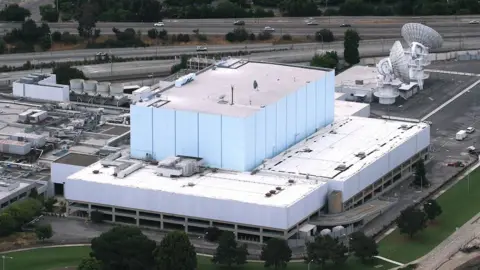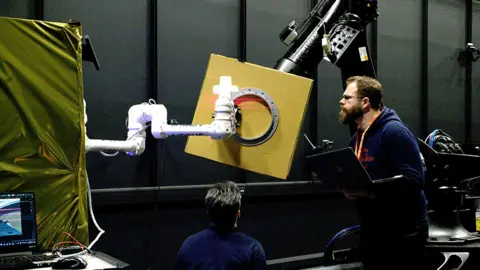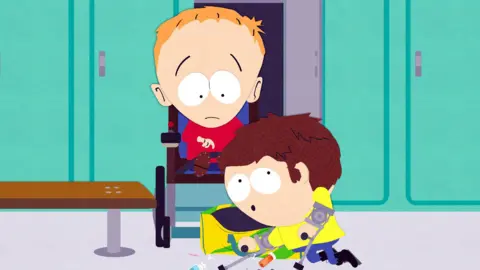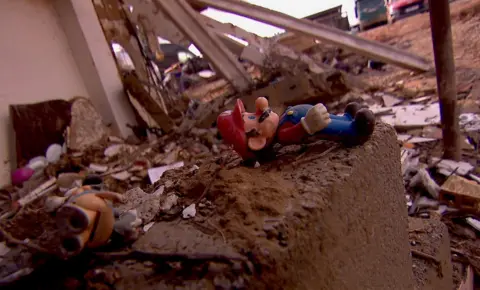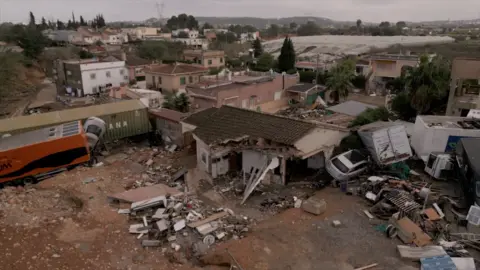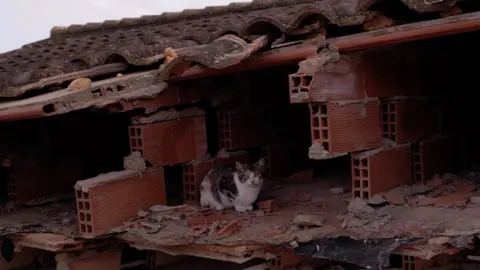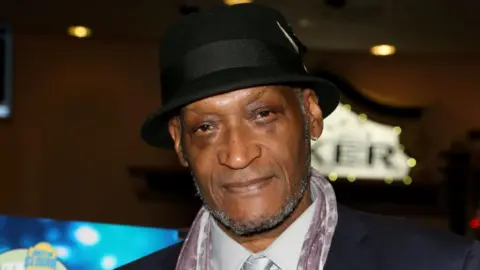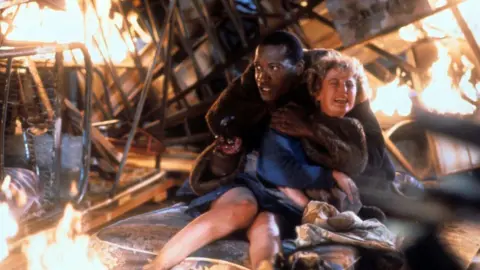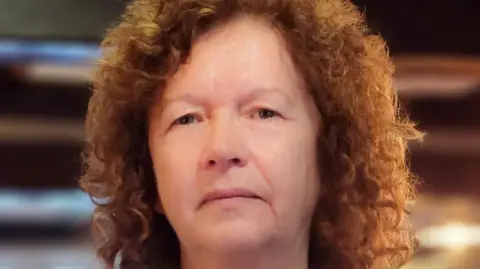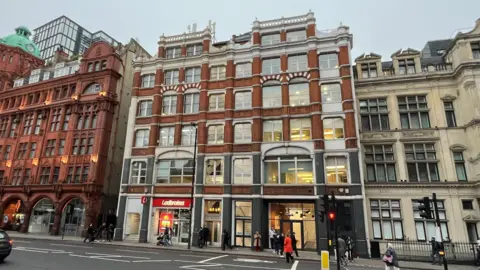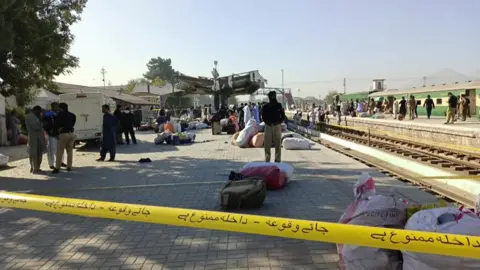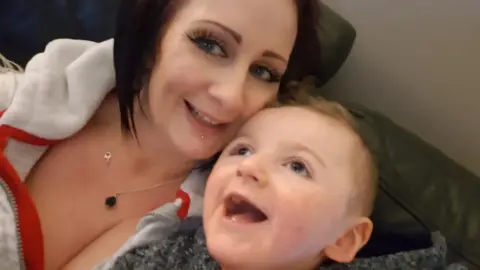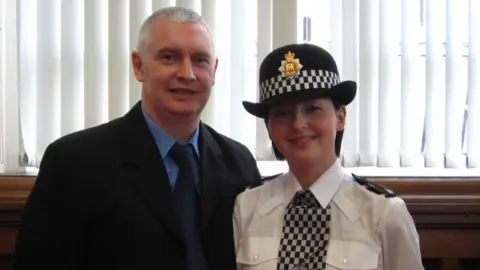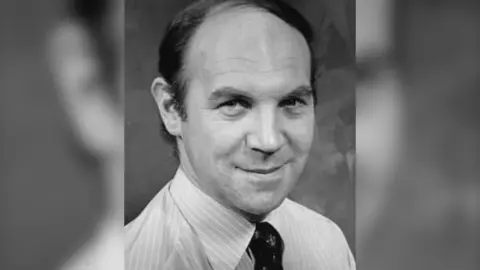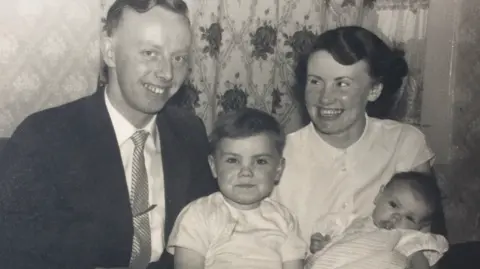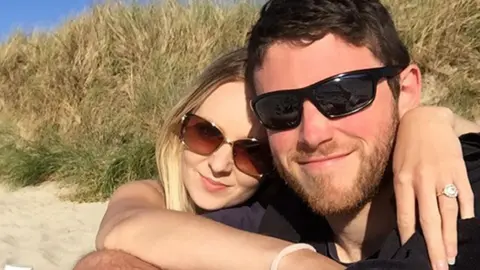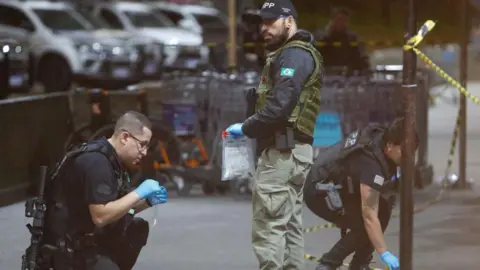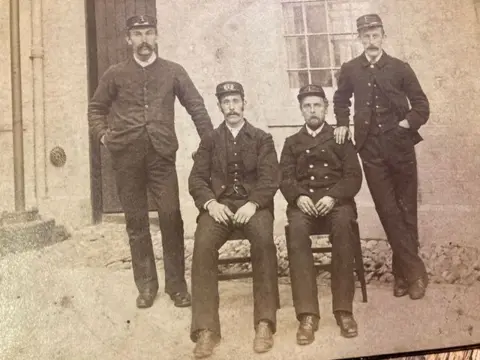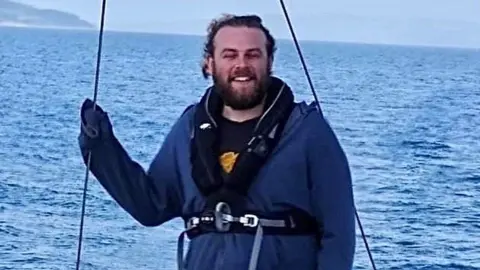Trump adviser says Ukraine focus must be peace, not territory

 Reuters
ReutersA senior adviser to president-elect Donald Trump says the incoming administration will focus on achieving peace in the war in Ukraine rather than winning back territory.
Bryan Lanza, a Republican party strategist, told the BBC the Trump administration would ask Ukrainian President Volodymyr Zelensky for his version of a "realistic vision for peace".
"And if President Zelensky comes to the table and says, well we can only have peace if we have Crimea, he shows to us that he's not serious," he said.
Russia annexed the Crimea peninsula in 2014. Eight years later, it launched a full-scale invasion of Ukraine and has occupied territory in the country's east.
Trump has already spoken to Zelensky since winning the US election - the pair held a phone call on Wednesday with billionaire Elon Musk also taking part.
“It was a short chat with Musk, but it was a good lengthy conversation with Trump, it lasted about half an hour,” a source in Ukraine's presidential office told the BBC.
“It was not really a conversation to talk about very substantial things, but overall it was very warm and pleasant.”
Trump has consistently said his priority is to end the war and stem the drain on US resources.
His Democrat opponents have accused him of cosying up to Russian President Vladimir Putin and say his approach to the war amounts to surrender for Ukraine and will endanger all of Europe.
Last month, Zelensky presented a "victory plan" to the Ukrainian parliament that included a refusal to trade Ukraine’s territories and sovereignty.
During his election campaign, Trump repeatedly said he could end the war between Russia and Ukraine “in a day”, but gave no details. A paper written by two of his former national security chiefs in May said the US should continue supplying weapons, but make the support conditional on Kyiv entering peace talks with Russia.
Ukraine should not give up its hopes of getting all of its territory back from Russian occupation, the paper said, but it should negotiate based on current front lines.
Mr Lanza did not mention areas of eastern Ukraine, but he said regaining Crimea from Russia was unrealistic and "not the goal of the United States".
"When Zelensky says we will only stop this fighting, there will only be peace once Crimea is returned, we've got news for President Zelensky: Crimea is gone," he told the BBC World Service’s Weekend programme.
"And if that is your priority of getting Crimea back and having American soldiers fight to get Crimea back, you're on your own."
Mr Lanza said he had tremendous respect for the Ukrainian people, describing them as having the hearts of lions. But he said the US priority was "peace and to stop the killing".
"What we're going to say to Ukraine is, you know what you see? What do you see as a realistic vision for peace. It's not a vision for winning, but it's a vision for peace. And let's start having the honest conversation," he said.

 EPA
EPAEarlier this week, Putin congratulated Trump on his election victory and said Trump's claim that he can help end the war in Ukraine "deserves attention at least".
Mr Lanza also criticised the support the Biden-Harris administration and European countries have given to Ukraine since Russia's full-scale invasion in February 2022.
"The reality on the ground is that the European nation states and President Biden did not give Ukraine the ability and the arms to win this war at the very beginning and they failed to lift the restrictions for Ukraine to win," he said.
Earlier this year, the US House of Representatives approved a $61bn (£49bn) package in military aid for Ukraine to help combat Russia's invasion.
The US has been the biggest arms supplier to Ukraine - between February 2022 and the end of June 2024, it delivered or committed weapons and equipment worth $55.5bn (£41.5bn), according to the Kiel Institute for the World Economy, a German research organisation.
